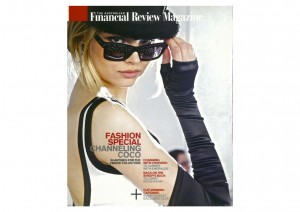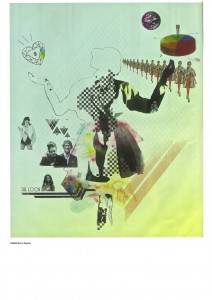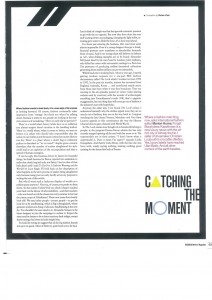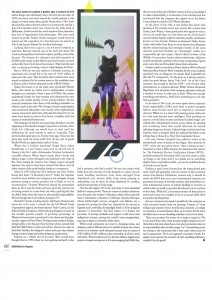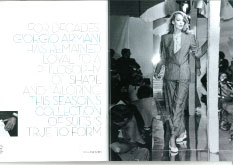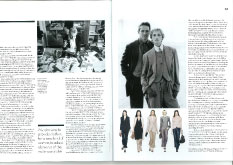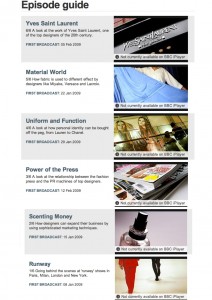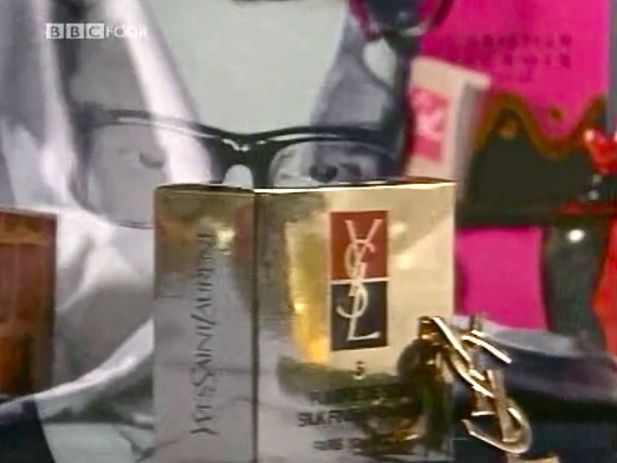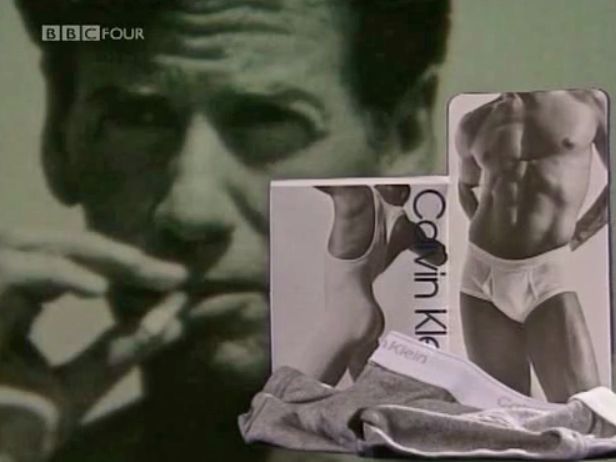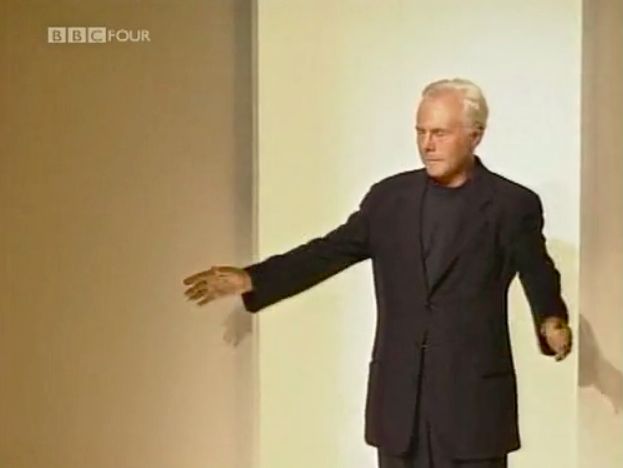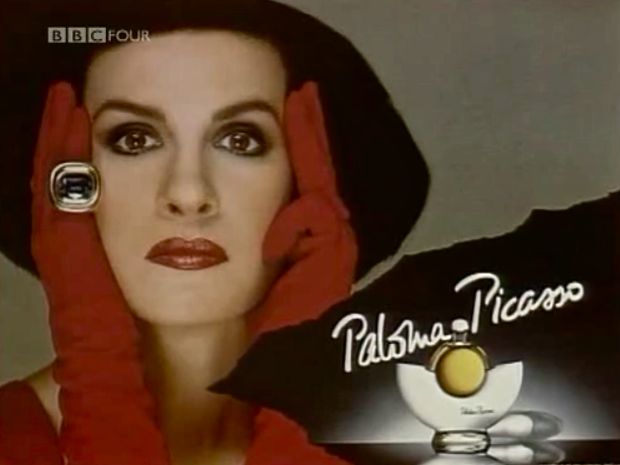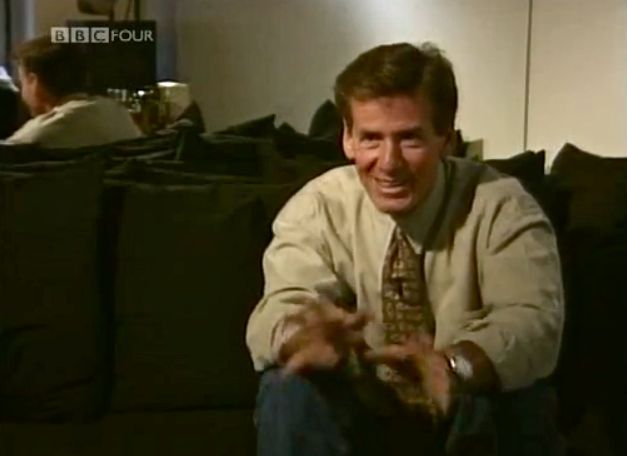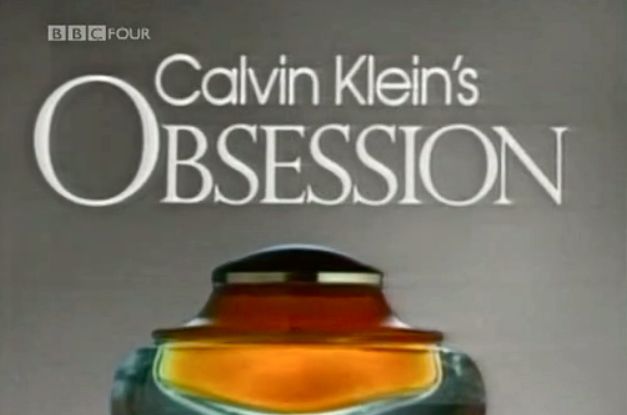Catching the Moment
AFR | September 2011
Where is fashion marching now, asks international fashion editor Marion Hume. Forget Borat jokes; Kazakhstan is a new luxury nexus with the oil-rich city of Almaty the No.1 seller of shoemaker Christian Louboutin’s crocodile stilettos. Yes, luxury labels have reached Ulan Bator. And all other corners of the earth besides.
When fashion wants to look back, it is a sure sign of its unease at looking forward. Of course, fashion continually takes inspiration from ‘vintage’ but that’s not what I’m talking about. Instead, it seems to me, people are looking in the rear view mirror as if wondering, “how on earth did we get here?”
‘Here’ is a world where luxury labels have us so addicted, you almost suspect there’s nicotine in the handbag leather. ‘Here’ is a world where, when it comes to basics, we seem to believe it is others who should take responsibility that the cotton in our clothes is not the same cotton that causes lakes to run dry. ‘Here’ is a place where a clutch bag in iridescent python is described as “so on trend!” despite grave concern elsewhere that the number of snakes slaughtered for style could lead to an explosion of the rat population and then a spread of human contagion.
It can be ugly, this business driven by desire for beautiful things. So thank heavens for Botox, injected into snakeskin to make that clutch bag feel scaly not flakey. I had no idea of that little detail until I read “To Die For. Is Fashion Wearing out the World?” by Lucy Siegle. I’ll hold back on her description of what happens in the slow process of snakes being slaughtered only because losing you too early hardly serves my purpose in writing the rest of this article.
But who’d want such a ludicrous display of wealth as a python purse anyway? Not you, of course; you prefer to dress down. So that cotton Tshirt? Did you check it hasn’t reached your back via the labour of schoolchildren – and their teachers – who are forced out of the classroom every summer to harvest the cotton crops of Uzbekistan? Those new jeans that already look old? We need other people – poorer people – to get the look for us by sandblasting, which is big in Bangladesh, where garment workers are dying of silicosis. Sandblasting is the new fur. You shouldn’t be seen dead in it. Donatella Versace is the latest designer to join the campaign to outlaw it. Expect the next trend in denim to be a direct reaction; dark indigo, except that’s turning vital rivers in India bright blue. It would be wrong to suggest that all the big fashion brands are up to no good. Most of them try quite hard not to be bad.
I can’t think of a single one that has ignored consumer pressure to get with the eco agenda. But now they have done the easy stuff (cutting down on packaging, changing the light bulbs, rerouting grey water to flush the loos), it’s a hard road ahead. For those just entering the business, that road must seem almost impassable. Even if a young designer does get a break, financial pressure now translates as shareholder demands front of mind. And if our young talent still believes in fashion as ‘art’, what chilling examples are to be found: Alexander McQueen dead by his own hand in London; John Galliano, who killed his career with antisemitic rantings in a Paris bar.
The pressures of producing endless fantastical collections generating those endless dollars can prove unbearable. Which leads me to looking back. About a year ago, I started getting random requests for a six part BBC fashion documentary called The Look which I worked on from 1990 to 1992. In the past six months, interest has increased from England, Australia, Korea . . . and unsolicited emails arrive from those just born when it was first broadcast. They are reacting to the six episodes posted on vimeo (videosharing website used by creatives) with the wonder of archeologists stumbling into Tutankhamun’s tomb. (OK, that’s a gigantic exaggeration, but one thing that will never go out of fashion is the industry’s ease with hyperbole).
Anyway, the other day, I too found The Look online. I understood instantly why the clothes appeal now; they are so utterly out of fashion, they are on the way back in. I suppose watching the late Gianni Versace, Moschino and Yves Saint Laurent appeals to this constituency the way The History Channel does to guys obsessed with WWII.
In The Look, names now thought of as brands still belong to people; in the program Donna Karan admits in it she has only recently stopped opened all the mail with her name on it. The supermodels are in their prime. “I don’t know what a supermodel is. Does it mean I’m super?” squeaks Linda Evangelista, her voice surely as shocking as when silent stars switched to talkies. And there’s Carla Bruni, with the face she was born with, wisely saying nothing, missing nothing; good training for the future First Lady of France.
The doco seems to capture a golden age; a moment in time before things went absolutely crazy. Not that all was calm. In 1992, the series was aired around the world, perhaps to the chagrin of marie claire editor, Jackie Frank, then a New York based stylist, whose feisty reaction to a scrum scene outside a Jean-Paul Gaultier show was viewed by the folks back in Melbourne. Crowd control has much improved, but otherwise, that lack of organization had advantages. PRs were posh women in pearls. Today’s media managers would never let anyone get the equivalent of a shot that goes on and on as Yves Saint Laurent ‘Elnetts’ his bouffant backstage.
Lurking about was a guy in a tie we never bothered to interview. Bernard Arnault was in his early 40s when The Look was being filmed and looks vulpine, stealthy, as he circles his prey. The rhetoric the chairman and chief executive of LVMH pushes today is that fashion stars don’t matter as much as they did. Now it’s all about the product. (This from the man who – at time of writing – has no viable designer for Dior).
But in 1990, he was the star maker to Christian Lacroix, an experiment that would fail to the tune of €150 million in losses over the years. That Arnault’s other instincts were more sound is evidenced by his current status as the wealthiest man in France, with a Forbes-estimated worth of US$41 billion.
Today, the money is on the quiet ones, specifically Phoebe Philo, who heads up Celine and is independent of spirit (though not in business, Celine is part of LVMH). She creates uncluttered clothes for busy women and references her own needs as the stylish mother of two young children. Yet her sartorial statements echo those of the leading minimalist we talked to back in the early ‘90s. Giorgio Armani’s muted palate and unadorned silhouettes were exactly what sophisticated women yearned for back then, although this being TV, we cut away from frocks to shots of his home, complete with five colour-coordinated Persian cats.
The landscape of fashion was expanding, literally; it was the beginning of the identikit designer superstore in London, New York, LA (although we would have to wait until the millennium for most brands to open in Australia). That territorial land grab goes on. Twenty years ago, China was the place that made the cheap stuff. Now 20% of goods labelled Prada are, legitimately, made in China.
Where else is fashion marching? Forget Borat jokes; Kazakhstan is a new luxury nexus and its oil-rich city of Almaty the No.1 seller of shoemaker, Christian Louboutin’s crocodile stilettos. Where there’s muck, there’s frocks and fashion mags; Cosmo Mongolia launched in the wake of Rio Tinto mining the massive Oyu Tolgoi copper and gold deposits. Yes, luxury labels have reached Ulan Bator. And all other corners of the earth besides, thanks to e-commerce.
Asked in 1990 what her life’s ambition was, New Yorker, Donna Karan shot back, “A Broadway Show!” Today, her response would be more holistic; her company is, for example, among pioneers trying to source product out of Haiti to aid its reconstruction. Vivienne Westwood played the pantomime dame in The Look; her fault and ours, given she was the one cavorting around in a nude body suit with a gold fig leaf. But we didn’t listen when she went on about global responsibility. We just thought she was bonkers. And great TV.
Recently I’ve been working closely with Dame Vivienne and know her to be wise. I consult for the UN-World-Trade Organization agency, the International Trade Centre, on the Ethical Fashion Program which links top designers to some of the world’s poorest people. A growing percentage of Vivienne Westwood accessories is produced in the slums and drought-stricken regions of East Africa. Driving across Northern Kenya, seeing hardly a tree because those farmers whose animals had died had felled them to burn and sell for charcoal in order to feed their families, the designer’s ardent advocacy that climate change cannot be ignored makes poignant, sound sense.
Fashion as a vehicle out of poverty? Who would have thought that in 1990 when we were getting excited by who had a mansion, who had a yacht? Yet you can create lovely beads from the carcasses of cows dumped in a slum, you can make handbag hardware from brass salvaged from abandoned cars. Artisan skills, from screen printing to embroidery, can be done by those displaced by conflict, quickly earning them a living wage.
Not that the Mighty UN is the only body to have identified fashion’s unique power. There are scores of smaller initiatives: from Ecuador (The Andean Collection, which offers natty felt hats to Manhattan urbanites) to Ethiopia (Sammy Ethiopia, whose featherlight scarves, wrapped over bikinis, are a summer hit among the Med set). Spurred by its success in Uganda and Cambodia, the Spotlight Stitch in Time program operates in Australia’s Top End where, it is hoped, the provision of sewing machines and support could mean that indigenous women, among the world’s most marginalised, may earn a place in a lucrative value chain.
While small companies can react to changing needs and, designers such as Vivienne Westwood can be nimble because she retains control of a business (with estimated annual sales in excess of £120 million ($189 million), plus ownership of all key retail real estate. Who’s bonkers now?), the fast fashion juggernauts require a longer turning curve. It is encouraging that Pablo Isla, the new man at the top of Inditex (owner of Zara) has pledged to make sustainability a cornerstone of all of activities and has announced that his company has signed on to the Better Cotton Initiative and The CEO Water Mandate.
At the dawn of the ‘90s, it was the Ladies-who-lunch who fascinated. I’d certainly never met anyone like couture-clad Texan, Lynn Wyatt, a damn good sport who agreed to wear a wire so we could listen in to the front row set. Now, those I record (entirely legally) might be scientists, hardly a profession known as best dressed. Fashion professional Helen Storey works with boffin, Tony Ryan, to create dresses which disappear, thereby demonstrating that detergent bottles of the same material (polyvinyl alcohol) can “knowingly” reduce to a compostable gel once empty. There’s Dr. Helen Crowley of the Wildlife Conservation Society whose biodiversity objectives include sustainable cashmere, this to stop over-grazing of goats and so save the rare Przewalski’s horse from extinction.
Fashion really is everywhere, (Benin Fashion Week followed Mercedes-Benz Fashion Week Australia, by the way), its glitter sprinkled even on Magnum ice-creams (Karl Lagerfeld just shot the TV commercial). Yet the given is, it always reacts to what has gone before, hence Tom Ford, – he of Gucci runways vast enough to land an A380 – now favours salon presentations, no cameras allowed. While Vuitton-checkered flags flutter over all points of the compass, upcomers want just a handful of stores, or only one, in Paris. When you can get everything everywhere, a thrill lies in something you can only find somewhere.
In the days of The Look, we never spoke about Corporate Social Responsibility (CSR); now those in power recognise fashion must become more fair to respond to consumer demand. While eco is a trend with staying power, claims for eco cred must become more intelligent. Pack purchases in paper in a world short on trees yet littered in plastic bags? Let’s rethink that. Marginalized women across Africa are cleaning and crocheting waste that would otherwise be burned releasing dangerous dioxins. A plastic-bag crocheted tote from Zambia, with no designer label, has replaced the Birkin as the schlepp bag of choice for a New York tastemaker I know.
Last year, Naomi Campbell was called to testify at the international court of justice at the Hague. Her memories of 1997 when she was given those “dirty looking stones” reminded us what a filthy business the diamond trade used to be. The Kimberley Process Certification Scheme (KPCS), formally adopted in November 2002, has done much to clean up things, to the point that if you splash out on something sparkly from a reputable jeweller, you can be confident there’s no blood on your hands.
Fashion is much more diverse than the international gem trade (itself still grappling with the transit of illicit precious stones from Burma, Zimbabwe, etcetera and it should be noted, the KPCS does not cover environmental concerns nor guarantee fair trade). It will take wisdom, time, effort for a clear international system of ethical labeling to become as useful as the one inside your jacket that directs you to cool iron or dry clean. While the 21st century journey of that jacket to your back is way too complex to fit on an actual label, there are positive developments.
Just as e-commerce has made it possible for the consumer to voice concerns (much easier via pressing “contact us” than trying to get answers from a harried shop assistant), so might m-commerce on smartphones allow us to receive the life story of clothes just as we are deciding whether of not to buy them.
There are no plans I’m aware of to make a sequel to The Look but if there were, what moment might it capture now? I think this is the time where those of us who love fashion face up to responsibilities that include saying “no” if something seems too cheap, in the awareness that it may carry other costs we can’t countenance. The Look captured a moment of style. If a sequel could capture the moment of style equaling substance, wouldn’t that be good?

